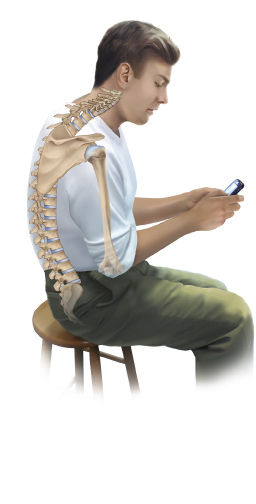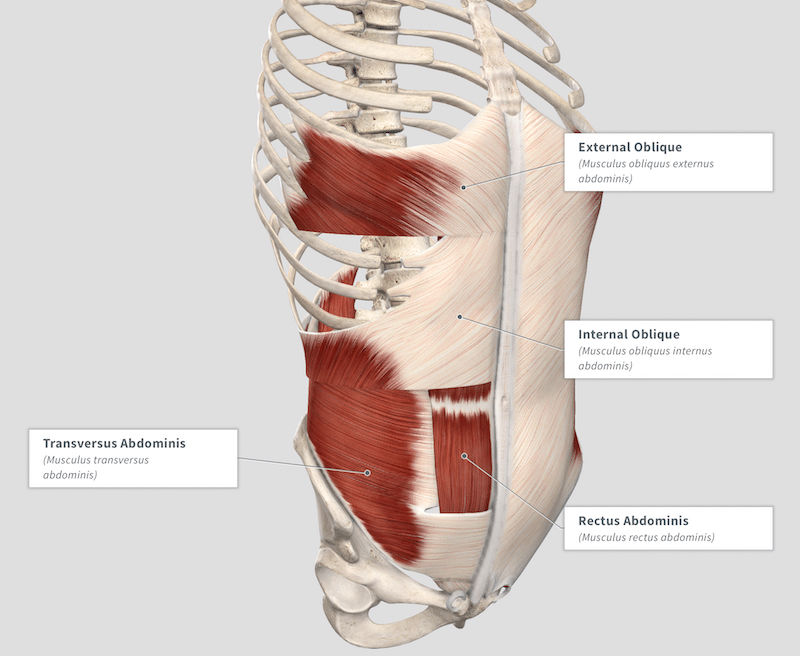Tips and tricks to improve your posture at your desk
- Jeffrey Ragosta
- Mar 6
- 3 min read
There’s a really good chance that there’s some aspect of our sitting or standing posture that we can improve. Our bodies take the path of least resistance…let that sink in! Through no fault of our own, it is much easier for us to revert to forward flexed, slouched postures. Especially when we’re sitting for long periods of time throughout the day. These pictures may look familiar…


Picture source: https://www.medicalrepublic.com.au/bad-posture-doesnt-predict-back-pain/7917 and https://learnmuscles.com/blog/2017/11/17/slumped-spinal-posture-causes/
With more people nowadays working from home coupled with an increased reliance on technology and screens of all shapes and sizes, it's no surprise our posture can suffer. Not to say those things are bad! Technology is great, this website wouldn’t be possible without it. However, it’s the PROLONGED time focusing our eyes on small things very close to our bodies in poor posture that can wreak havoc on our musculoskeletal systems which over time can negatively impact our movement patterns.
Your posture may not look exactly like the above pictures OR you may look just like the images and you have no idea! That being said, the following recommendations are for forward head posture specifically, don’t think of it as a one sized fits all type of cure. Be sure to see a physical therapist who will comprehensively examine muscle length, strength, and postures in various positions to get more specific solutions for you.
Neck pain is on the rise, some research claims the prevalence of neck pain in the general population is as high as 86.8% (1) . Forward head posture is a posture that consists of upper neck hyperextension and excessive mid back flexion. These combined movements over long periods of time can cause shortening of the muscles that can support the neck, decreased shoulder/back mobility, and even altered respiratory function (2) .
Now that I explained the importance of your posture and why you should keep this in mind, time to get practical. In regards to a desk set-up, here are some tips…your muscles will thank you later.
Desk set-up checklist
Monitor at about arms length away from seat
Make sure to have adequate lower back support. Keep lower back touching/resting against support
Elbows bent to 90 degrees
Wrists should stay flat! (this is a big one to avoid carpal tunnel)
Feet flat on the ground
Hips/knees should be bent slightly higher than 90 degrees. This means the hips should be slightly higher than the knees.
Example:

picture source: https://www.purdue.edu/ehps/rem/laboratory/personal/ergo.html
Exercise to avoid eye strain
You may have heard of the 20/20/20 rule. It states that every 20 minutes of looking at a screen, look at an object at least 20 feet away, for at least 20 seconds. This was created as an effort to reduce eye strain from screens (3) .
There’s not a lot of high quality evidence out there supporting specific protocols regarding this exercise. With that being said, I think when feelings of eye strain arise, this method of focusing on objects further away can be a good break from looking at a nearby screen.
Neck musculature strength/endurance
Upper cervical retractions otherwise known as “chin tucks”
I describe this one to clients all the time by saying “pretend you're trying to hold a tennis ball right underneath your chin. Then while holding that tennis ball, press the back of your head into the wall without looking down or up too much.
Below is a picture of the exercise being performed

Picture source: https://samarpanphysioclinic.com/chin-tuck-exercise/
Another way to perform this more for endurance is do this exercise on your belly and try to hold it as long as you can or up to about 90 seconds at a time for 2-3 times.

Picture source: https://www.rehabhero.ca/exercise/prone-chin-tuck
References
Mahmoud, Nesreen Fawzy, et al. “The Relationship Between Forward Head Posture and Neck Pain: A Systematic Review and Meta-Analysis.” Current Reviews in Musculoskeletal Medicine, vol. 12, no. 4, Nov. 2019, pp. 562–77. PubMed Central, https://doi.org/10.1007/s12178-019-09594-y.
Koseki, Taiichi, et al. “Effect of Forward Head Posture on Thoracic Shape and Respiratory Function.” Journal of Physical Therapy Science, vol. 31, no. 1, Jan. 2019, pp. 63–68. PubMed, https://doi.org/10.1589/jpts.31.63.
Datta, Sourav, et al. “The 20/20/20 Rule: Practicing Pattern and Associations with Asthenopic Symptoms.” Indian Journal of Ophthalmology, vol. 71, no. 5, May 2023, pp. 2071–75. PubMed Central, https://doi.org/10.4103/ijo.IJO_2056_22.




Comments